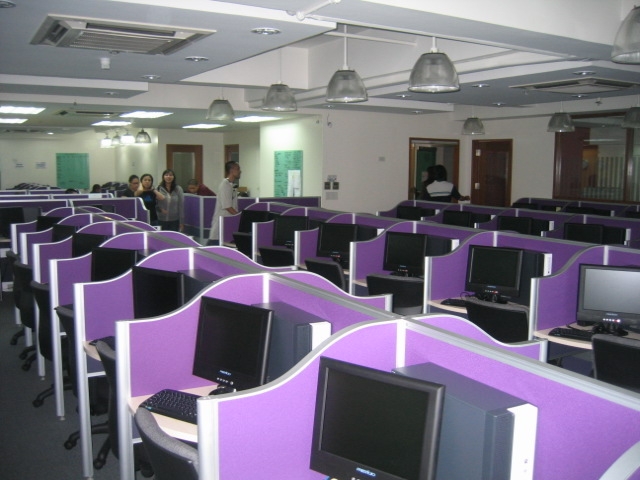 This week Negros Women for Tomorrow published it’s first newsletter in several years. I know the girl putting it together, so she gave me 250 words (shortened first to 150, then 100). Here it is:
This week Negros Women for Tomorrow published it’s first newsletter in several years. I know the girl putting it together, so she gave me 250 words (shortened first to 150, then 100). Here it is:
Over the past year, Kiva has partnered with MFIs like NWTF across the Philippines to bring microfinance to the masses and offer people before the chance to participate. NWTF and Kiva joined forces six short months ago, funding a total of $150,000 in Project Dungganon loans to date. In the next few months, we hope to be lending that amount each and every month. Let me tell you how it works.
Kiva’s mission is to connect people through lending for the sake of alleviating poverty. Stated another way, we harness the outreach capabilities of the Internet to tap into people’s desire to help. You post profiles of entrepreneurs to the Kiva site, and our lenders invest $25 or more until the loan is filled. On average it takes just three days to fund an NWTF loan. Since we started in 2005, we have over 600,000 lenders that have made nearly $120 million in loans to 300,000 entrepreneurs.
As of today, Kiva lenders have financed 350 loans for Project Dungganon members. Together, we have been able to share the experiences of your clients with lenders all over the world. We at Kiva are excited about the partnership and looking forward to watching it develop in the coming years.
Short and sweet. I think I have the blood of a journalist flowing through my veins.








